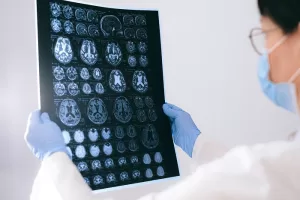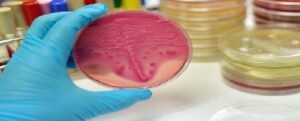Shining New Light on Diabetes Treatment

Researchers have developed a light-activated tool to show how drugs need to be adapted to combat type 2 diabetes.
The team behind the research believe their findings could pave the way for a new generation of anti-diabetic drugs that are activated by the presence of either blue or ultra-violet light.
Dr David Hodson, from the University of Birmingham, explained, “Current treatment for type 2 diabetes hinges on dietary and medical intervention to restore the body’s ability to release insulin. Over the past 10 years a class of drugs termed incretin-mimetics have been developed, and have revolutionised the treatment of type 2 diabetes.”
“The challenge now is to make such interventions more targeted. At the moment, the approach is equivalent to using a sledgehammer to crack a nut. By advancing our understanding of receptors in cells we can design more efficient drugs and reduce the risk of side effects. Light-activated technologies that change the shape of drugs are really interesting, non-invasive ways of getting the treatment to the right place, at the right time.”
Current drugs target the glucagon-like peptide 1 (GLP-1) receptor, a G-protein coupled receptor. However, much remains unknown about how this receptor works, limiting production of newer, safer and more effective anti-diabetics.
In particular, the GLP-1R possesses a back door, termed an allosteric site. This site is of particular interest for the development of drugs that demonstrate superior selectivity. However, drug discovery efforts are hampered by lack of tools to understand how the allosteric site works.
To circumvent this problem, Dr Hodson, alongside Professor Dirk Trauner and Dr Johannes Broichhagen at LMU Munich, employed a combination of synthetic chemistry, biology and high-throughput screening to produce a novel anti-diabetic whose activity can be precisely controlled with light.
Their new drug, PhotoETP, shows that the structure needs to be twisted to fit into the allosteric site, but extended to activate signalling and insulin secretion.
With this information, a new generation of light-activated anti-diabetics can now be produced that allow better control over blood glucose levels with fewer side effects.
Type 2 diabetes currently affects almost 10% of the adult population. This disease state, typified by failure to produce enough insulin, leads to elevated glucose levels. The latter drive a range of complications including heart disease, nerve problems, blindness and cancer and cost the NHS £1 million per day to treat.














